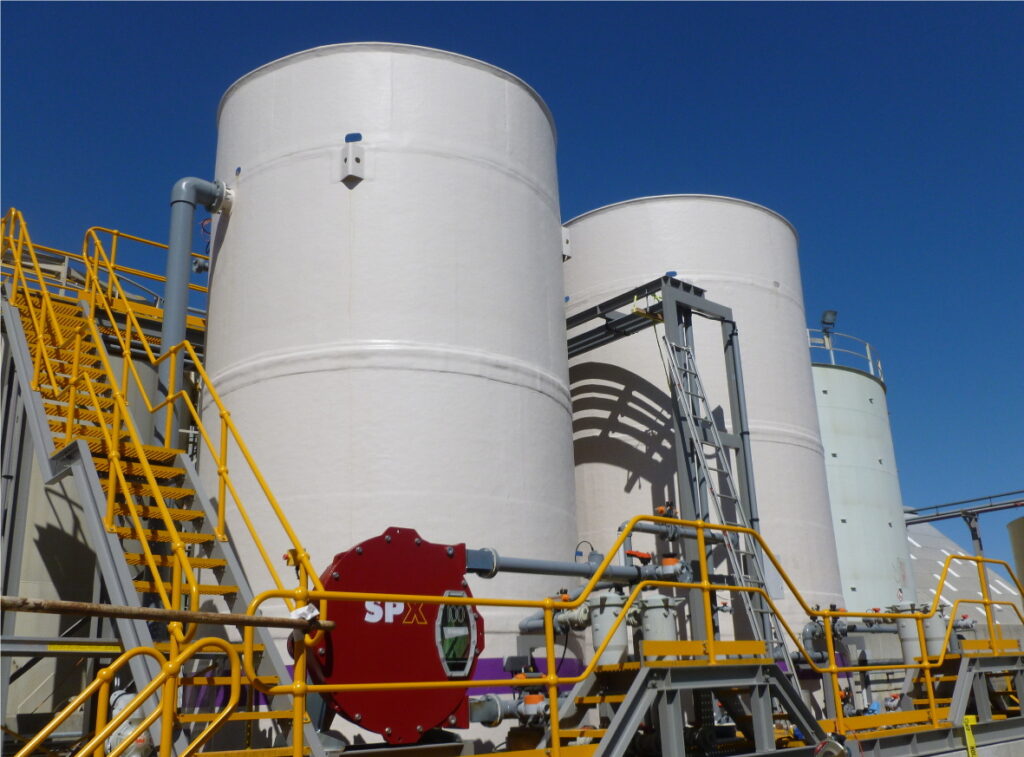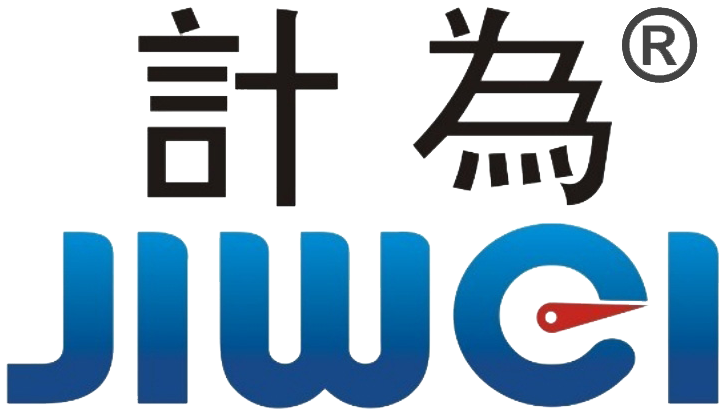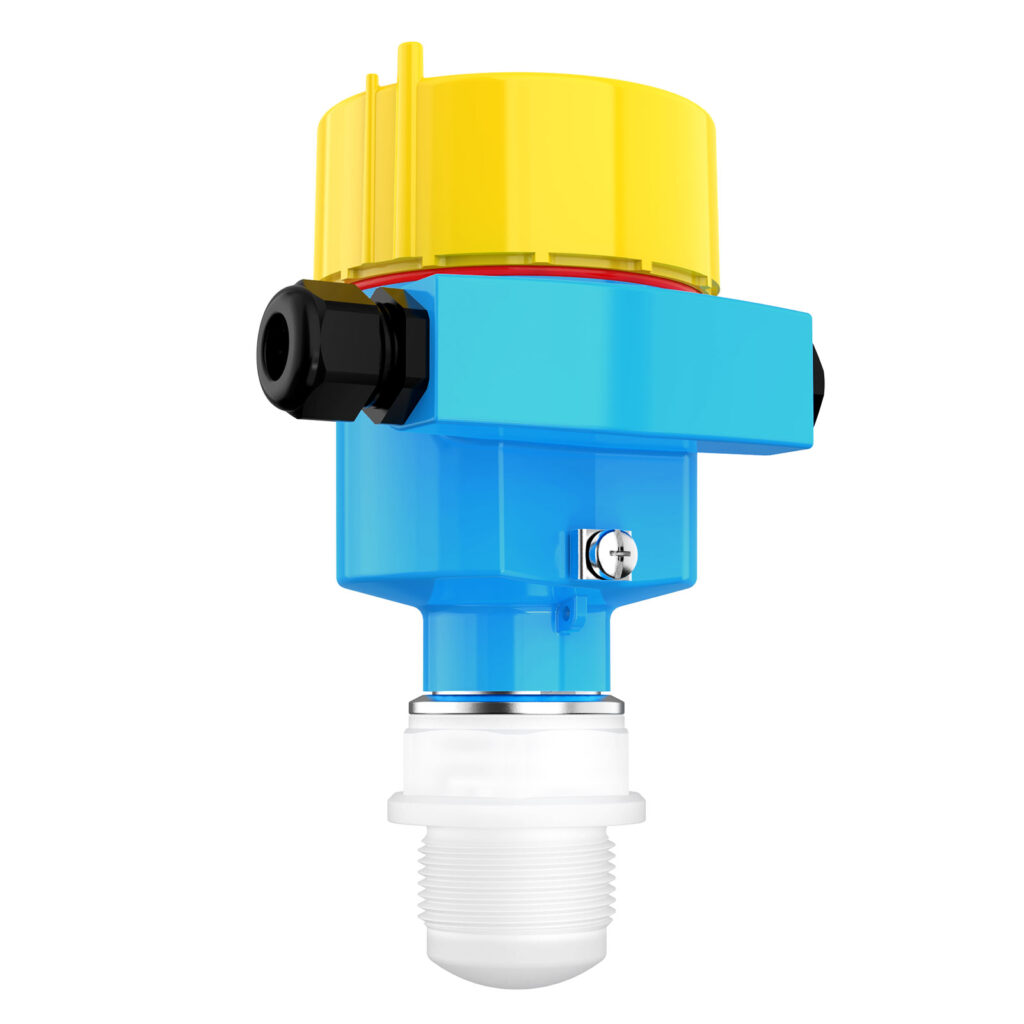Essential Considerations for Radar Level Meters in Hydrofluoric Acid Storage Tanks
Introduction
Hydrofluoric acid (HF) is a highly corrosive acid widely used in the chemical industry, particularly in semiconductor manufacturing, metal processing, and petroleum refining. Due to its high corrosiveness and hazardous nature, traditional level measurement technologies often struggle to meet the needs of accurate level monitoring in HF storage tanks. To address this challenge, radar level meters, with their non-contact measurement and resistance to interference, have become the ideal solution for level monitoring in HF storage tanks.

This article will introduce the chemical and physical properties of hydrofluoric acid, its hazards, and explore the key points of applying radar level meters in HF storage tanks.
Chemical and Physical Properties of Hydrofluoric Acid
Hydrofluoric acid (HF) is a compound composed of hydrogen and fluorine, known for its strong acidity and high corrosiveness. It reacts with most metals to form fluorides and is particularly aggressive towards materials such as stainless steel, aluminum, and glass. HF is highly soluble and dissociates in water to form hydrogen ions (H⁺) and fluoride ions (F⁻), posing significant threats to both the environment and equipment.
Chemical Properties:
- Strong Acidity: HF is highly corrosive and reacts with various metals and organic compounds.
- Strong Reactivity: In addition to metals, HF reacts with silicates and other chemical substances.
- Low Vapor Pressure: While HF has a low vapor pressure at room temperature, heating it can release toxic hydrogen fluoride gas.
Physical Properties:
- Colorless and Transparent Liquid: Typically, HF appears as a colorless liquid, but at higher concentrations, it may emit a mildly irritating odor.
- High Corrosiveness: HF is extremely corrosive to most metals, especially stainless steel and aluminum.
- High Density: HF has a relatively high density (about 1.15 g/cm³ at 70% concentration), which can create substantial pressure on measurement equipment during level measurement.
Application of Radar Level Meters in HF Storage Tanks
Radar level meters offer non-contact measurement, which makes them highly suitable for use in corrosive and complex environments, providing accurate level data. In HF level measurement, radar level meters are particularly advantageous in overcoming issues of corrosion, contamination, and maintenance that are often encountered with traditional level measurement devices. The following points highlight the application of radar level meters in HF storage tanks:
Non-Contact Measurement: Radar level meters work by emitting high-frequency radar waves and measuring the time it takes for the reflected waves to return. Since there is no direct contact with the hydrofluoric acid, the equipment is protected from the corrosive effects of HF.
High Precision Measurement: Radar level meters provide high-precision data, ideal for real-time monitoring of HF storage tank levels. Regardless of fluctuations in liquid levels, radar level meters can deliver stable and accurate measurements.
Resistance to Interference: Radar level meters are capable of penetrating common interferences in HF storage tanks, such as steam, gases, and dust, ensuring the accuracy of the level measurements.
High Temperature and Pressure Resistance: HF storage tanks often involve high temperature and pressure conditions. Radar level meters like the Rada31 are designed to withstand high temperatures and pressures, making them suitable for complex working conditions while ensuring stable and continuous measurements.
Leakage and Contamination Prevention: The non-contact nature of radar level meters eliminates direct contact between the equipment and the liquid, reducing the risk of leakage or contamination.
Case Study: Application of Jiwei Rada31 Radar Level Meter in HF Storage Tanks
A chemical enterprise applied Jiwei’s Rada31 radar level meter in its HF storage tank. Due to the highly corrosive and volatile nature of HF, traditional float-type level meters and magnetic float level meters could not meet the specific environmental requirements. Jiwei’s Rada31 radar level meter, utilizing high-frequency radar waves for non-contact measurement, successfully overcame the challenges posed by HF’s corrosiveness, gas interference, and other issues, providing accurate level data.
Precise Level Measurement: The Jiwei Rada31 radar level meter enabled precise level measurements in the HF storage tank, helping the enterprise monitor the tank’s level in real-time and prevent accidents caused by excessively high or low levels.
Enhanced Operational Safety: The non-contact feature of the radar level meter reduced the risk of equipment corrosion, improving the safety of operations.
Extended Equipment Lifespan: The Rada31’s corrosion-resistant and high-temperature-resistant features allowed it to function reliably in harsh environments, reducing maintenance frequency and replacement costs.
Conclusion
Hydrofluoric acid, as a highly corrosive and hazardous chemical substance, places high demands on level measurement equipment. Traditional level meters often fail to meet the requirements of such a challenging environment, but Jiwei’s Rada31 radar level meter, with its non-contact measurement, resistance to interference, and high-temperature and high-pressure tolerance, has become the ideal choice for monitoring HF storage tank levels.
In application, enterprises should fully understand the chemical and physical properties of hydrofluoric acid and choose appropriate equipment and materials to ensure accurate level measurement and long-term durability of the equipment. Additionally, proper safety management and operating procedures are crucial for ensuring the safe storage and transportation of hydrofluoric acid. By applying radar level meters, companies can significantly enhance the level monitoring of HF storage tanks, reduce equipment failures, and ensure production safety.

